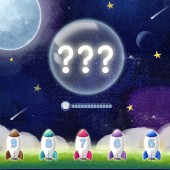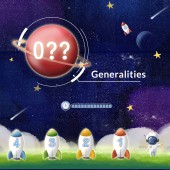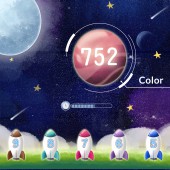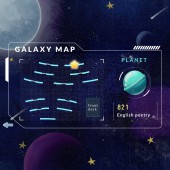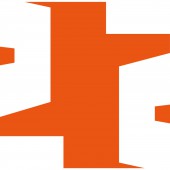Space Center Learning Game by Chia-Ching Chou |
Home > Winners > #92560 |
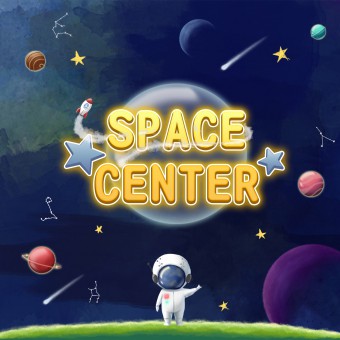 |
|
||||
| DESIGN DETAILS | |||||
| DESIGN NAME: Space Center PRIMARY FUNCTION: Learning Game INSPIRATION: This project is a collaboration between National Library of Public Information and National Taipei University of Technology Department of Interaction Design. The main goal of this project is to construct smart libraries for natives to experience information content and innovative services. UNIQUE PROPERTIES / PROJECT DESCRIPTION: The objective of the project is to create a fun environment, which children can immerse themselves in interactive games as well as learn how to use the classification numbers as clues in order to find books. This design aims to raise children’s motivation through gamification learning. Children are taught about the meaning of classification number in a supportive atmosphere and encouraged to find books by themselves. OPERATION / FLOW / INTERACTION: This immersive learning game transforms library entrance into a space center that allows children to launch number-rockets to find the classification planet and unfold the library journey. At the end of the game, children will see a map of this library that tells where are the books that match the classification number they just choose. So they can easily understand the meaning of these number and build their cognitive map in their heart. PROJECT DURATION AND LOCATION: This project is located in the National Library of Public Information in Taichung, Taiwan since 2017. |
PRODUCTION / REALIZATION TECHNOLOGY: HARDWARE: computer, CCD cameras, projectors, infrared lamps, directional speaker, mixer amplifier Game: Unity, Photoshop SPECIFICATIONS / TECHNICAL PROPERTIES: Width 10m x Height 3.8m after project on a wall TAGS: Interaction, Game, Learning game, Education,Immersive RESEARCH ABSTRACT: The survey was answered by 253 people who had to answer questions regarding their experience and usability after playing the game. This research explores the eight factors that affect flow experience and perceived using on children game-based learning and discusses the relationship between the factors through the Confirmatory Factor Analysis (CFA) and Structural Equation Modeling (SEM). CHALLENGE: There are few limitations during the whole process. One of the challenges was coming out with an idea that matches the original hardware equipment in the library. Because of the old CCD cameras and the narrow corridor space, the users' motion can't be too fast or too complicated, otherwise, the computer can't detect accurately. However, we made it eventually and all the efforts worth. ADDED DATE: 2019-09-28 09:06:24 TEAM MEMBERS (3) : Researcher, Designer and Developer: CHIA-CHING,CHOU, Developer: JIAN-HUA,GU and Special Thanks To KO-CHIU,WU Ph.D, National Library of Public Information and NTUT Department of Interaction Design IMAGE CREDITS: Illustrator, Animation, UI Design credit belongs to CHIA-CHING,CHOU |
||||
| Visit the following page to learn more: http://tinyurl.com/y68kf3wh | |||||
| AWARD DETAILS | |
 |
Space Center Learning Game by Chia-Ching Chou is Winner in Education, Teaching Aid and Training Content Design Category, 2019 - 2020.· Read the interview with designer Chia-Ching Chou for design Space Center here.· Press Members: Login or Register to request an exclusive interview with Chia-Ching Chou. · Click here to register inorder to view the profile and other works by Chia-Ching Chou. |
| SOCIAL |
| + Add to Likes / Favorites | Send to My Email | Comment | Testimonials | View Press-Release | Press Kit |
Did you like Chia-Ching Chou's Education Design?
You will most likely enjoy other award winning education design as well.
Click here to view more Award Winning Education Design.


